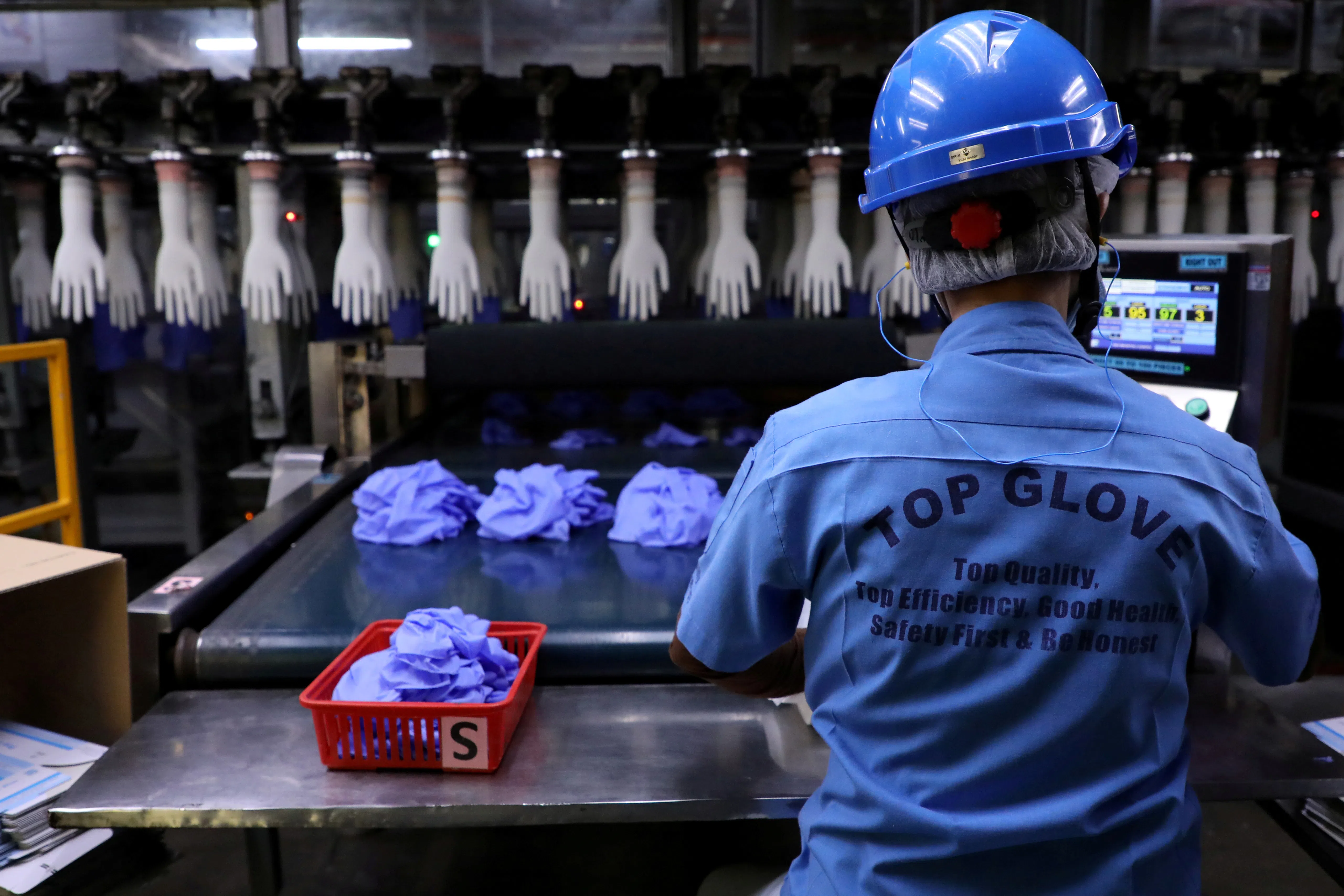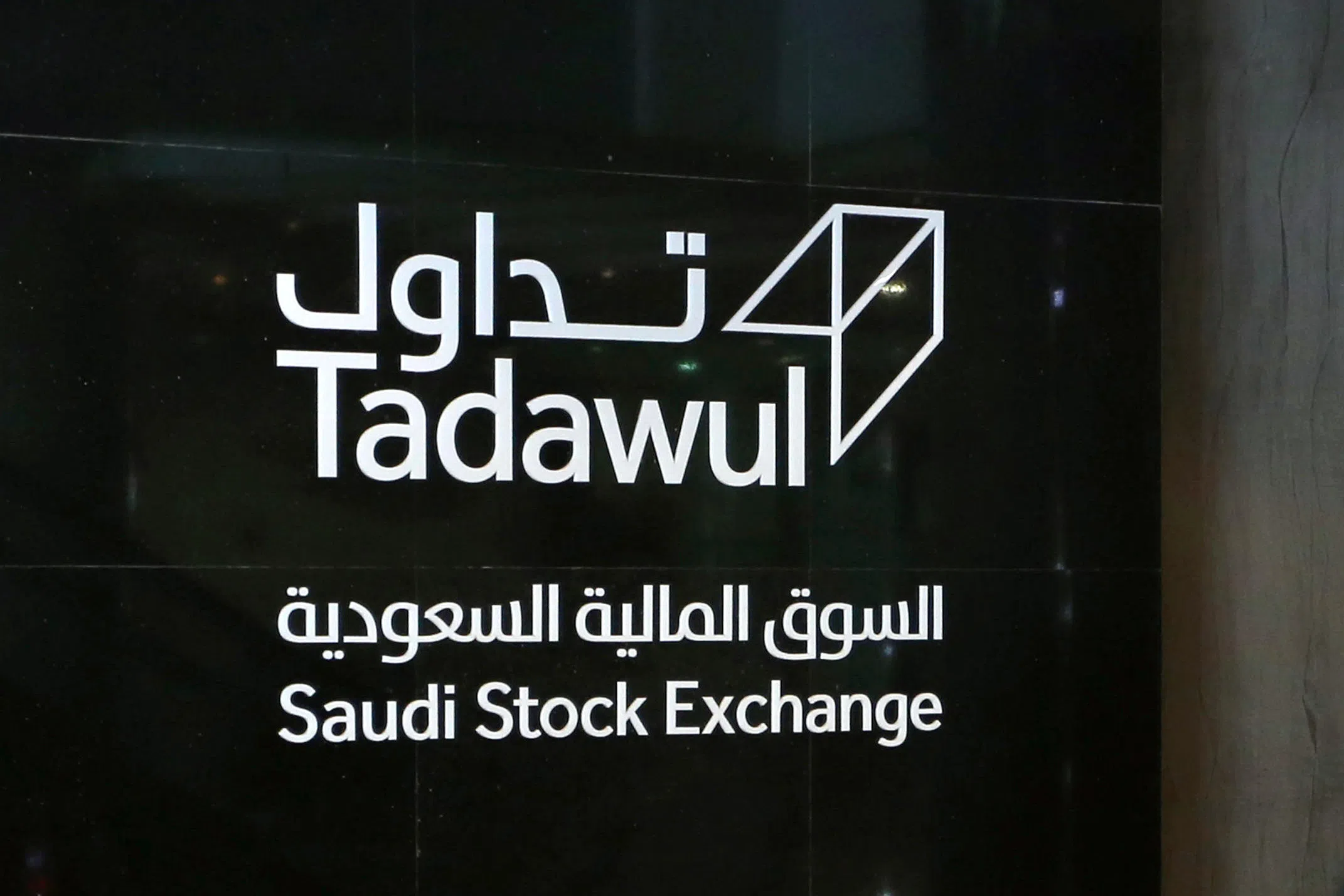MARKET watchers are optimistic on the prospects of Malaysia’s glove making sector as the US looks to impose higher tariffs on Chinese gloves.
This follows the United States Trade Representative’s decision on Friday (Sep 13) to raise tariffs for China-made medical and surgical gloves to 50 per cent by 2025 and 100 per cent by 2026 for its final tariff revision.
The revised tariffs are well above the initial 25 per cent tariff rate proposed in May and stand to make Malaysian-made gloves more cost competitive in the US market.
RHB Research maintained its “overweight” call on Malaysia’s glove sector, citing the uncertainty of US-China geopolitical tensions.
The research house said the “punitive move” could positively impact Malaysian players by the fourth quarter of 2024, as it announced a “buy” call for counters of five Malaysian glove manufacturers and named Riverstone its top pick with a target price (TP) of S$1.04.
Maybank Securities maintained a “positive” call on the gloves sector and expects earnings to recover over the next 12 to 15 months. It upgraded its call to “buy” for Top Glove, which has a secondary listing in Singapore.
BT in your inbox
Start and end each day with the latest news stories and analyses delivered straight to your inbox.
Meanwhile, Citi Research maintained its “neutral” call on Top Glove, which it said is a nitrile-centric player in the industry.
“The US market is especially important for the nitrile rubber segment and tends to command a premium pricing,” said analyst Megat Fais in a note on Monday.
This follows the research house’s upgrade on the sector back in February amid rising global demand following two consecutive years of decline as the Covid-19 pandemic ended.
In a report on Tuesday (Sep 17), RHB analyst Oong Chun Sung called the tariff hikes a “relief for local players” which could have a “significant spillover effect on Malaysian manufacturers”. Oon expects Chinese average selling prices to potentially surpass those of Malaysian glove makers as early as next year.
More expensive Chinese gloves could “give Malaysian manufacturers a price advantage”, he noted.
However, Oong added that RHB does not rule out the possibility of Chinese players reconsidering their expansion plans towards overseas markets to circumvent the tariff.
“We think such expansions make Chinese makers’ products less cost competitive, as their products made overseas do not benefit from cost-savings from using coal in the manufacturing process – they would need to use more expensive alternate fuels,” he said.
Oong noted that Malaysia’s top five glove manufacturers could potentially see an 11 to 15 per cent revenue growth should US imports from China and the market share of Chinese manufacturers decline over 2025 and 2026.
“However, we think the impact to our TPs should be minimal, given that we only assume a 2-year tariff period without considering the possibility of an extension to 2027 and beyond,” he said.
Maybank analyst Wong Wei Sum is cautious on the long-term outlook for Malaysian glove makers due to ongoing competition with China.
Highlighting that cost efficiency and technology are key for Malaysian producers to stay competitive, Wong cautioned that China glove makers might pivot to European markets. Malaysian glove makers could, however, offset European market share losses with stronger US sales.
Similarly, Citi’s Fais believes that Chinese suppliers flooding non-US markets such as those in Europe could potentially mitigate the tailwinds that come the way of non-Chinese Asean manufacturers as demand for alternatives to Chinese gloves is boosted following the tariff hikes.







